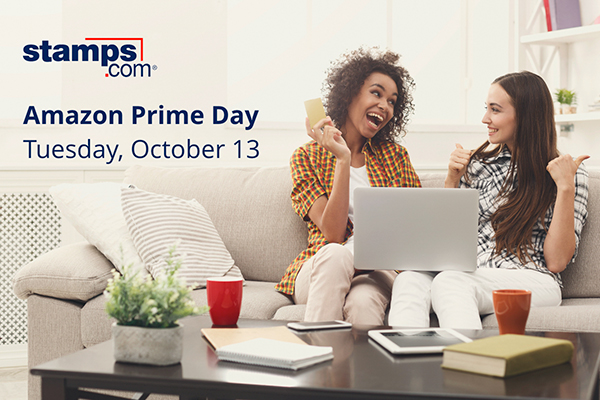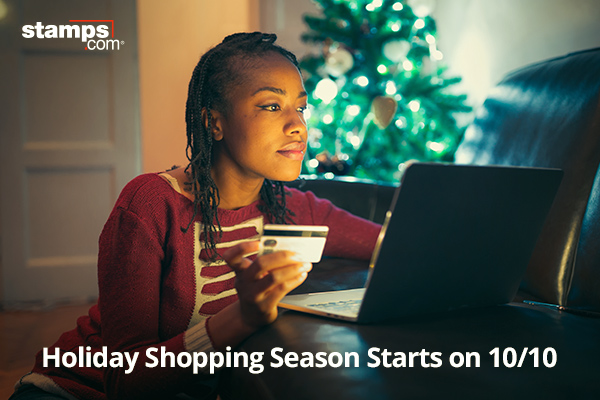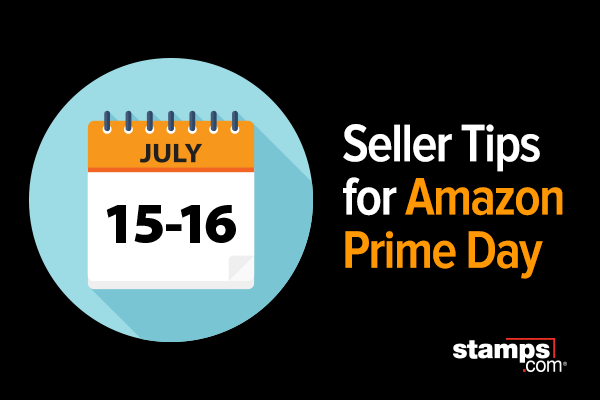Amazon Prime Day Kicks Off 10/13

Unprecedented.
If there’s a word that has been used more than any other to describe 2020, that’s quite possibly it. People have changed their routines and habits in everything from work to school to dining out to shopping, and it’s likely that this will continue into Q4. With the 2020 holiday season fast approaching, it’s anybody’s guess how it will go. This is especially true since one of the biggest online shopping events of the year — Amazon Prime Day — has now entered the fray.
As a result of the global pandemic, Amazon Prime Day, which is typically held in July, will be on October 13th and 14th this year. This brings significant — yes, unprecedented — changes to the online retail landscape. Prime Day is now close enough to Black Friday and Cyber Monday and ready to give those long-standing shopping extravaganzas some serious competition.
What Is Prime Day?
In celebration of its 20th anniversary, Amazon held its first Prime Day in 2015. For Prime members only, it was a one-day event that saw prices on many items slashed to historic lows. Now in its fifth year, Prime Day is a two-day retail sensation that sees prices drop to levels that often beat out the legendary Black Friday doorbusters.
Is Prime Day really that big? Yes, it is. Global sales hit an estimated $7.16 billion during the 48-hour period in 2019, up a whopping 71% from the previous year. And with more people than ever shopping at home because of COVID-19, that number could exceed all expectations in 2020.
Tips for Sellers
What can online retailers do to capitalize on the popularity and online shopping frenzy surrounding Prime Day? Here are a few tips:
- Don’t try to compete with Amazon. The best-selling products on Prime Day — and the ones that are promoted most heavily on its website — are Amazon’s own, such as Kindle and the Alexa system. And make no mistake, Amazon has enough inventory to last the entire holiday season. Any business that promotes similar devices is going head-to-head against this juggernaut, and that’s just not a good strategy. Instead of competing, it’s better to focus on ancillary products like covers, chargers, stands, screen protectors, and other accessories.
- Price it right. According to Marketplace Plus, the most successful Prime Day discounts are in the 10%–50% range. This is important for retailers to know, as they don’t have to lose all their margin by cutting prices by more than half. A 30%–50% discount is enough to attract customers, while a 5% or 10% discount will hardly raise an eyebrow.
- Know what to promote. The most popular Prime Day items in 2019, comprising more than 50% of sales, were in the $25 and under category. Items in the $26–$50 range grabbed a respectable 21%, but the numbers significantly dropped from there. In fact, items over $200 made up only 5% of total sales. The lesson? Prime Day promotions should focus heavily on items in the optimum price range.
- Don’t promise what can’t be delivered. Carriers are already experiencing delays in shipping times due to COVID-19, and that will certainly get worse as the holidays draw closer. A retailer’s website should clearly inform customers of this and prepare them for delays and longer shipping times. It’s also a good idea to monitor COVID-19 stats in various parts of the country. Local restrictions and lockdowns can be put in place without warning, and that could affect a retailer’s ability to deliver on time. Finally, there should be plenty of inventory on hand, especially for highlighted items.
- Diversify. This will be the first Prime Day of its kind, and there’s no telling what will happen. But it’s a safe guess that online shopping numbers will hit an all-time high this year in terms of both shoppers and dollars spent. So be ready. No one knows what the best sellers will be, but a broad product line is more likely to tap into this year’s hot items — whatever they may be.
- Be creative. What sold well last year may not be much more than a blip on the screen in 2020. COVID-19 has changed people’s behaviors and habits, and products that can be marketed as addressing problems stemming from staying at home and lockdowns are likely to be big sellers this year.
- Optimize listings. Prime Day is a good time to sharpen the proverbial pencil and rewrite old, dull product descriptions. Titles and descriptions can be freshened up with snappy writing that will grab the attention of potential customers. And there’s nothing wrong with checking competitors’ websites to see what keywords and terminology they’re using.
- Use Amazon’s promotions and deals. When a retailer offers a discount by using an Amazon coupon, a highlighted label draws attention to this. It’s a great way to ride the coattails of Prime Day without having to pay for additional promotions. And it’s a good idea to check Amazon’s terms for coupons several days before Prime Day, since they don’t become active immediately.
Last year, Amazon raked in more sales on Prime Day than on Black Friday or Cyber Monday. Yes, it’s that big. With some forethought and planning, sellers can capitalize on what very well could be the biggest shopping event of the holiday season.



